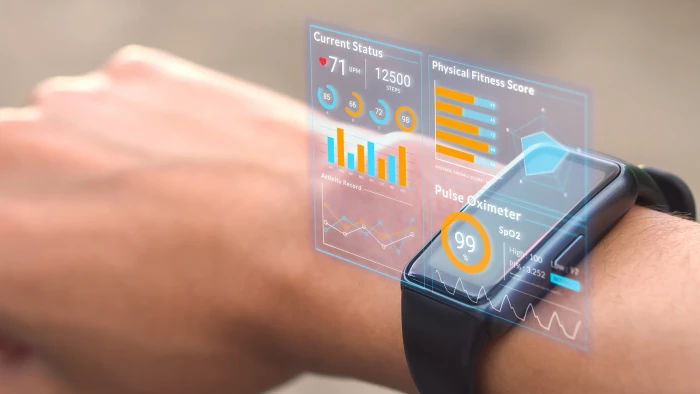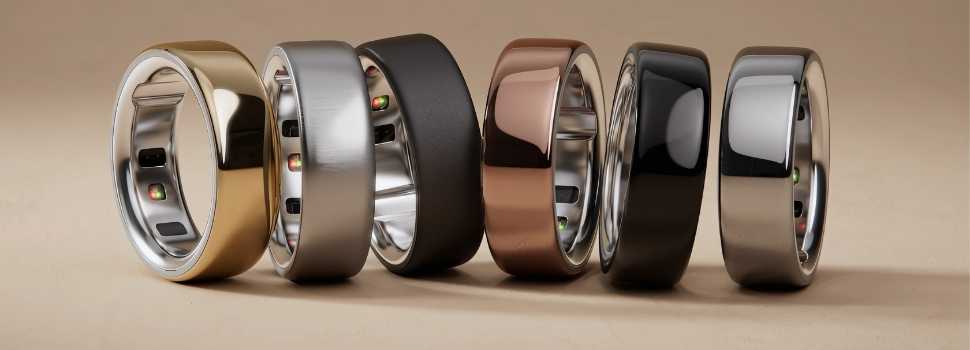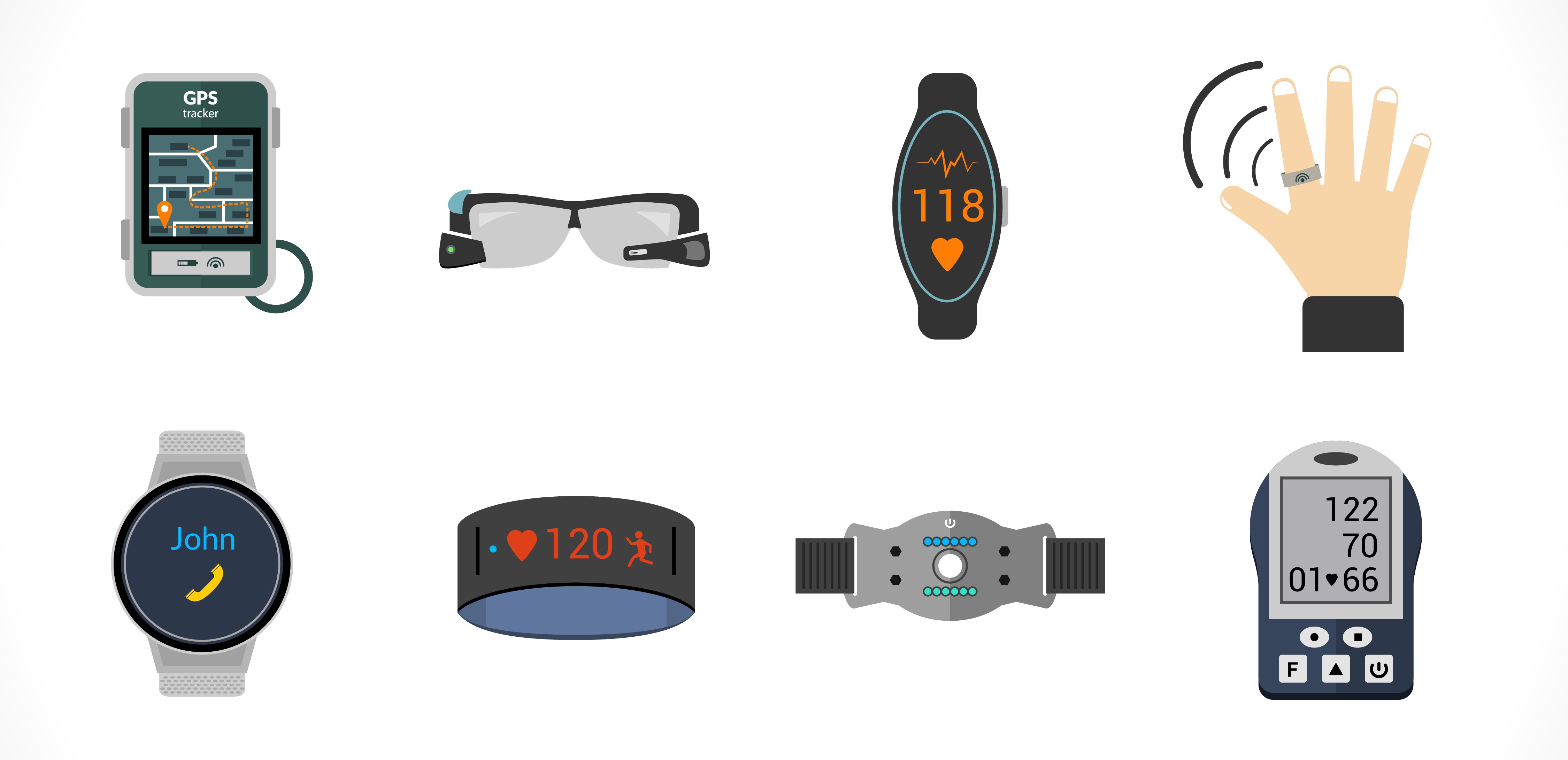

I’m excited to spin a story around the cutting-edge wearable technologies making waves this year. Let’s dive into the major trends shaping 2025 - through crisp prose, creative energy, and data-rich insights.
I find smart rings fascinating. They’re sleek, light, and designed to be worn 24/7 - offering robust capabilities in a minimalist package. These devices now do more than track basics; they monitor heart rate variability (HRV), blood oxygen, and even offer early illness alerts.
At CES 2025, smart rings stole the spotlight. They showcased AI-powered health tracking, elegant materials like titanium and ceramics, and features such as gesture control and contactless payments.
The Oura Ring 4 is making headlines. It refines health tracking - measuring HR, SpO₂, temperature - and reinforces Oura’s market dominance with over 2.5 million rings sold. It’s priced around $349 and backed by a $190 million U.S. revenue forecast for 2025.
Another compelling detail: a Tom’s Guide interview suggests future smart rings could harvest energy from body heat, expand biometric tracking, and integrate with ambient health ecosystems.

Wearables are no longer just about counting steps. In 2025, they’re health companions powered by generative AI - offering personalized scores, health coaching, and real-time diagnostics.
Sensors have leveled up, too. Modern smartwatches now include clinical-grade capabilities like ECG, SpO₂, skin temperature, and blood pressure trends. Some even work with continuous glucose monitors.
Key Trend Confirmation: The American College of Sports Medicine names wearable technology as the #1 fitness trend for 2025.
Further, health-patch concepts - thin, adhesive, and flexible - are emerging as subtle, seamless monitoring options. Think of them like Band‑Aids that track your health for weeks.
Smart rings are morphing into multifunctional hubs. They're now pushing into realms like identity verification, IoT control, secure payments, and expanded sensor integration.
Additionally, wearable e‑tattoos are gaining traction. Researchers are testing ultra-thin sensors to monitor mental stress via brain activity and eye movement. These could be invaluable in high-stress professions, offering real-time neuro‑insight.

While wearables empower, they also introduce pitfalls. Technology can blur the line between insight and obsession. Users - especially younger ones - report anxiety from constant health data and misreadings, sometimes even prompting unnecessary medical visits. The Daily Beast
Here’s a streamlined outline I’d follow to craft your 1,500–2,000-word, first‑person, conversational blog:

I’d love to know your preferences:
Let me know how you’d like to shape this - and I can draft the full post whenever you're ready.
Be the first to post comment!